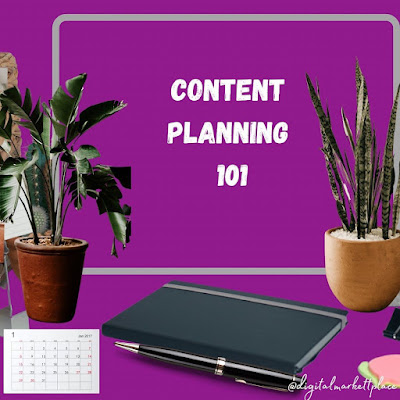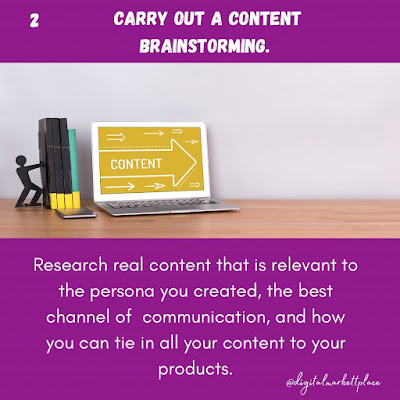We use the term "Remote Jobs" a lot these days. Without understanding exactly what a remote job is or entails.
Let's start with the basics: what exactly does the term "remote" imply?
The dictionary definition of remote:
(of a place) located far from major population centers; distant.
A remote job is :
With a remote job, you work from home rather than in a traditional office space.
What Does Working Working from Home Offer?
Individuals with remote jobs have the flexibility to work from anywhere on the globe. This eliminates the need to commute to an office every day to work at a specific desk or office space. It enables professionals to work outside of the confines of a traditional office.
A remote worker can work from a quiet location in their house, a coffee shop, a restaurant, or the beach, for example.
Those who do not need a quiet work environment can work from anywhere!
Such is the type of flexibility that remote employment provides.
Working From Home Bridges Culture Gaps.
Remote jobs allow you to work for any company in any part of the world, which gives you even more flexibility!
Working from home means that you can live in one region and work for a company in another region. You can work for a company in Australia, the United States, the United Kingdom, or any place else in the world! The possibilities are limitless!
This spans the cultural divide as well as the "lack of job opportunities in your area" divide.
As a remote worker, accepting a job with a US-based company does not mean that you have to move to the United States.
You can work from your home country and collaborate with colleagues in the US or from all around the world! As long as the job has the necessary infrastructure for a remote workplace.
Companies with remote jobs enjoy the freedom to hire top talent from anywhere in the world. This is because they are not constrained by geography.
Working From Home Creates a Healthier “Work-Life” Balance.
People who work from home are happier and more productive. They can balance their work-personal lives better. And will be able to spend more time with their families and be more involved in their loved ones' lives.
Working from home requires that you have the necessary skills.
You need the training to make the transition from commuting to work every day to working from home.
With the Covid19 pandemic, which forced many of us to "sit at home" and work from home, remote jobs grew in popularity.
More jobs will become remote jobs and more opportunities will be available. According to Forbes, up to 70% of the workforce will be working from home by 2025.
The world has changed, and now is the best time to begin your own journey into the world of remote work.
Finding the right remote job for you can seem like a tough process... but it doesn't have to be.
There are many work-from-home positions out there, and we've created this guide offering tips on how to ensure you find the perfect position for your skillset.
We've included descriptions for some of our favorite remote jobs in the hope of giving some inspiration to those interested in taking their career down the remote path.







.png)

.png)
.png)
.png)
